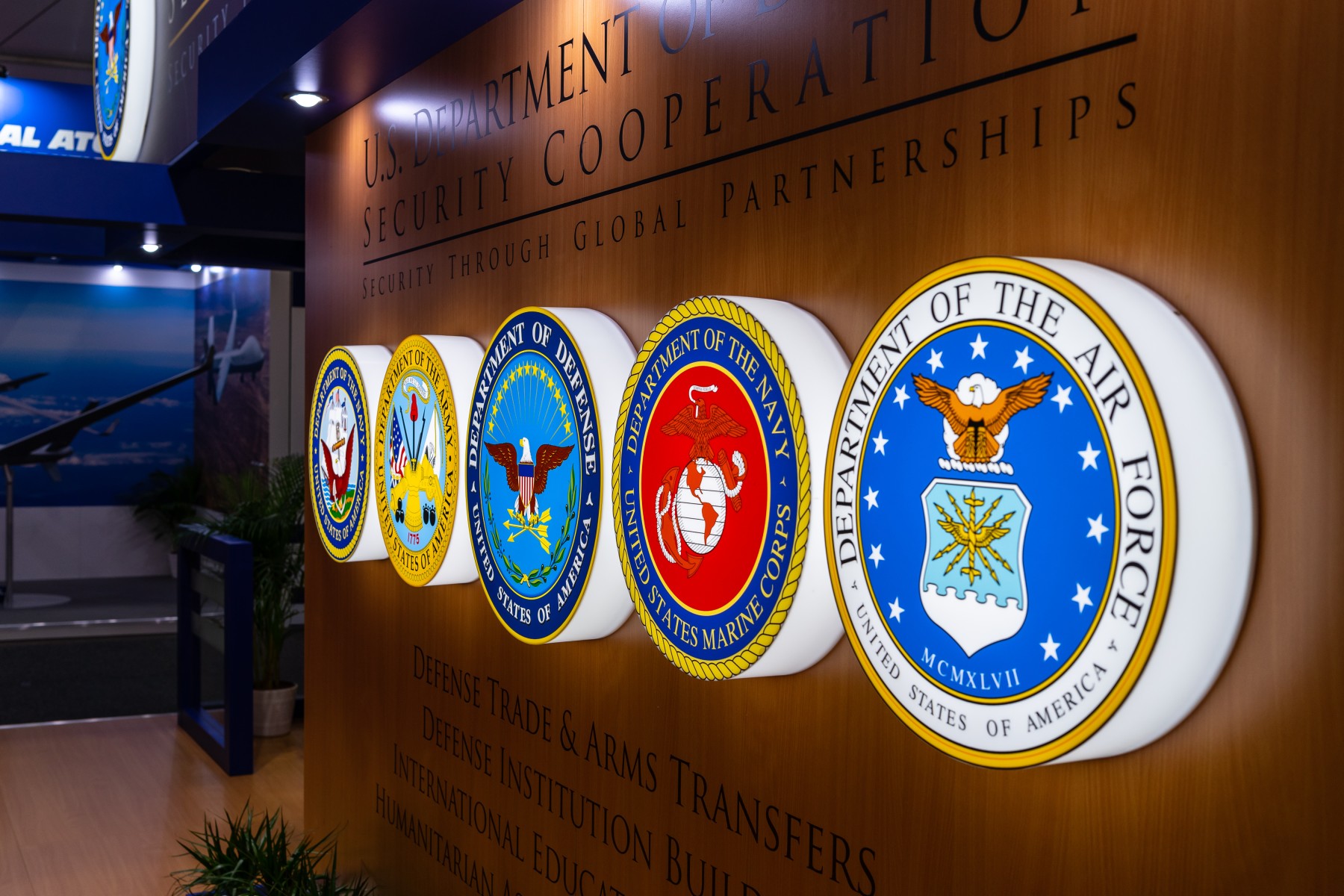U.S. President Joe Biden reportedly told the president of the Ukraine to prepare for impact as the Russians continue their advance toward his country. Tensions between Russia and Ukraine are the highest that they have been in years with a large amount of Russian troops building up near the shared borders of the two former republics of the Soviet Union.
Biden spoke with Ukrainian President Volodymyr Zelenskyy on Thursday afternoon, discussing how to respond to the Russian military forces as they advance toward Ukraine. Following the call, Zelensky tweeted that him and Biden spent time discussing how to partner to de-escalate the tensions. The two also agreed on joint actions for the future to bolster the diplomatic efforts. There is also the possibility of the U.S. offering financial assistance to Ukraine.
This call came as the Russian forces move closer to the border of Ukraine in an effort to discourage Ukraine from joining NATO. Russia made this clear in a list of demands that it sent to the U.S. last month. In the list, Russia instructed that NATO stop any drills that it was performing in the Ukraine.
Responding to the call between Biden and Zelensky, the White House said that it had offered a “diplomatic path forward” for the two countries. However, the Kremlin responded that it was not optimistic about the negotiations.
Moscow Has Control
The decision on whether to attempt to de-escalate the tensions remains firmly with the Russians. While Russian authorities warned that it was not optimistic about the possibility of de-escalation, they did indicate that they would look into the written responses offered by both the U.S. and NATO before making a final decision.
Kremlin spokesperson Dmitry Peskov hinted at the reasons for optimism, however, he stopped short of saying that Russia would back down from their original requests of NATO to back down. In addition, Russian Foreign Minister Sergey Lavrov said that he was hopeful that a serious conversation could now begin.
Latest from U.S. Department of Defense
In a briefing on Thursday, Pentagon press secretary John Kirby said that the U.S. Department of Defense continues to see an increase in the number of Russian troops near the border with Ukraine. Kirby said that this buildup has increased over the last 24 hours, calling the increasing number of troops “not dramatic,” however, “also not sclerotic.” The bulk of the forces have been observed in the western edge of Russia and in Belarus.
Turkish President Offers to Mediate
The conflict continues to become more global. A Kremlin spokesman said that Russian President Vladimir Putin will visit Turkey for his regularly scheduled annual talks with Turkish President Recep Tayyip Erdoğan. Although no date has been determined for the visit, Turkish Foreign Minister Mevlüt Çavuşoğlu told reporters on Thursday that the visit will be after Putin returns home from the Winter Olympic Games in Beijing, set to kick off on February 4.
Erdoğan invited Putin to visit in conjunction with Turkey’s High Level Strategic Cooperation Council Mechanisms summit. The Turkish president also offered to help mediate discussions between the two countries in an attempt to de-escalate the situation.
While Erdoğan extended an invitation to meet with Putin, he was still firm in his resolve to support NATO on the issue. He also said that Turkey will continue to support Ukraine in its “territorial integrity and sovereignty.”
What is the Risk to Ukraine?
The conflicting parties differ on the believed risk to Ukraine in the coming days and weeks. Ukrainian Foreign Minister Dmytro Kuleba said that Russia has not been able to put together enough forces to allow them to launch a major invasion of Ukraine. However, Kuleba’s counterpart in Russia said that the forces are ready to launch “appropriate response measures” should the conditions dictate that.
Kuleba did concede to reporters that Russia has the ability to attack Ukraine at any time. He just does not believe that they have the manpower needed to launch a full-scale offensive.
Understanding Germany’s Involvement
All eyes in Germany are also on the border of Russia and Ukraine. An undersea pipeline known as the Nord Stream 2 is now ready to transport gas from Russia to Germany. The 750-mile pipeline was finished last September, however, it is still waiting its final approval. While it is not yet operational, the Nord Stream 2 is serving as a point of contention between Germany and Russia.
Kristine Berzina, a senior fellow at the German Marshall Fund of the United States, said that the pipeline is now serving to break apart the unity within the European Union (EU) and NATO. Germany has been hesitant to use the pipeline as a pawn to pressure the Kremlin to back off Ukraine.
However, German Foreign Minister Annalena Baerbock was signaling a different stance on Thursday, warning that the continued military action against Ukraine could end in consequences for Russia on the German end. Baerbock addressed government officials in the German parliament, saying that they would not hesitate to use Nord Stream 2 as part of a sanctioning action against Russia in light of new aggressions against Ukraine.






